Research Topic
Physiological factors in tumor microenvironment, namely hypoxia and acidosis, considerably contribute to cancer progression. Hypoxia results from insufficient oxygenation of tumor cells through aberrant and non-functional blood vessels and leads to acquisition of aggressive tumor phenotype, including resistance to chemotherapy and radiotherapy as well as to increased invasiveness and metastatic propensity.
Hypoxia also supports oncogenic metabolism generating excess of acidic products, such as lactate ions, protons and carbon dioxide, which are eliminated from cells through ion transporters/exchangers or by intracellular neutralization with bicarbonate ions. This allows for neutralization/alkalinisation of intracellular pH and acidification of extracellular pH. Acidosis has similar phenotypic effects as hypoxia and therefore, detection of both hypoxia and acidosis in tumors is clinically relevant.
We investigate tumor hypoxia and acidosis in order to better elucidate molecular mechanisms of cancer cell adaptation to these stresses in tumor microenvironment with particular focus on carbonic anhydrase IX (CA IX) that was identified and cloned in our institution, and our team has considerably contributed to its molecular and functional characterization and to production of specific monoclonal antibodies and other reagents for CA IX research and clinical applications.
CA IX is induced by hypoxia and plays a role in tumor acidosis. It is primarily localized on the cell surface, where it controls pH and supports survival and invasiveness of tumor cells. It can be also released to body fluids via mechanism of ectodomain shedding. Expression of CA IX is strongly associated with cancer and is currently used worldwide as a biomarker of hypoxia and acidosis in diverse tumor types with potential prognostic and/or predictive value. CA IX is also under clinical development as promising therapeutic target.
Our recent research interests include the role of CA IX in tumor metabolism, in metastatic cascade and in signalling pathways supporting cancer progression. We also investigate effects of drugs and inhibitors on expression levels and activity of CA IX. Our major goal is to open new avenues of CA IX use in diagnostics and therapy.
Photo Gallery
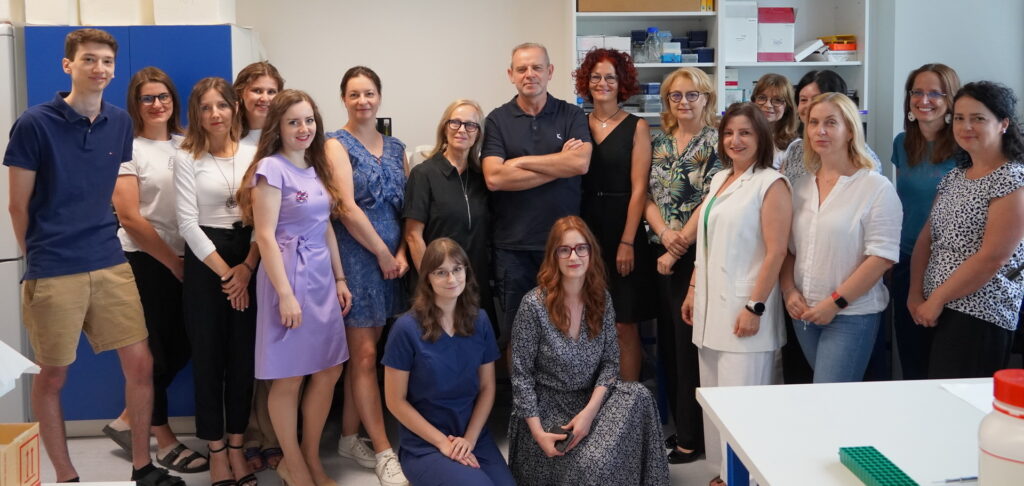
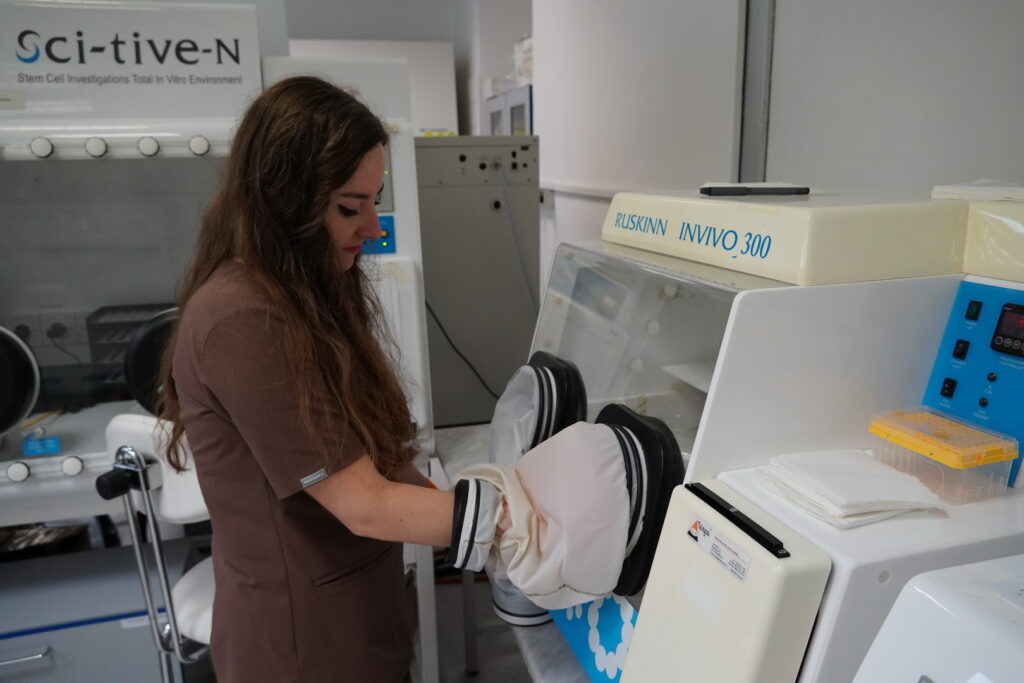

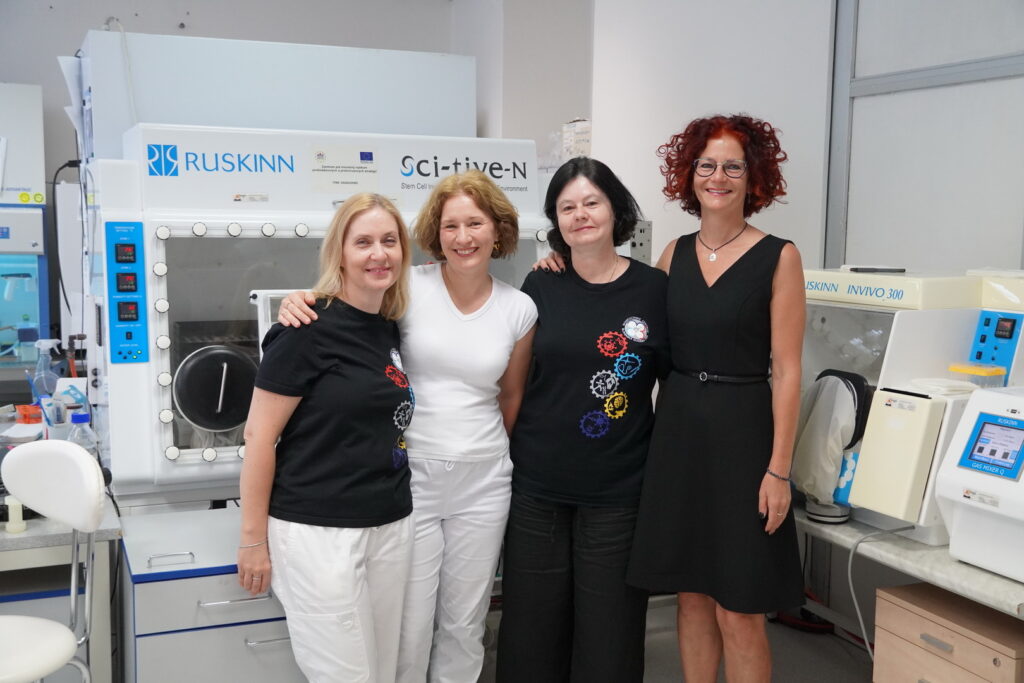

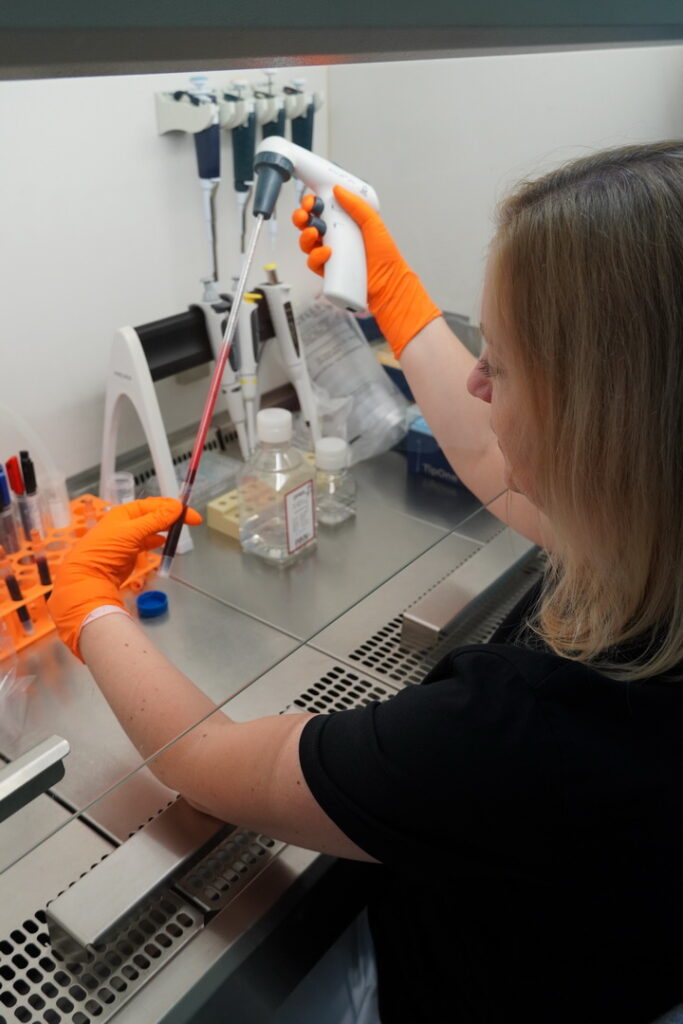
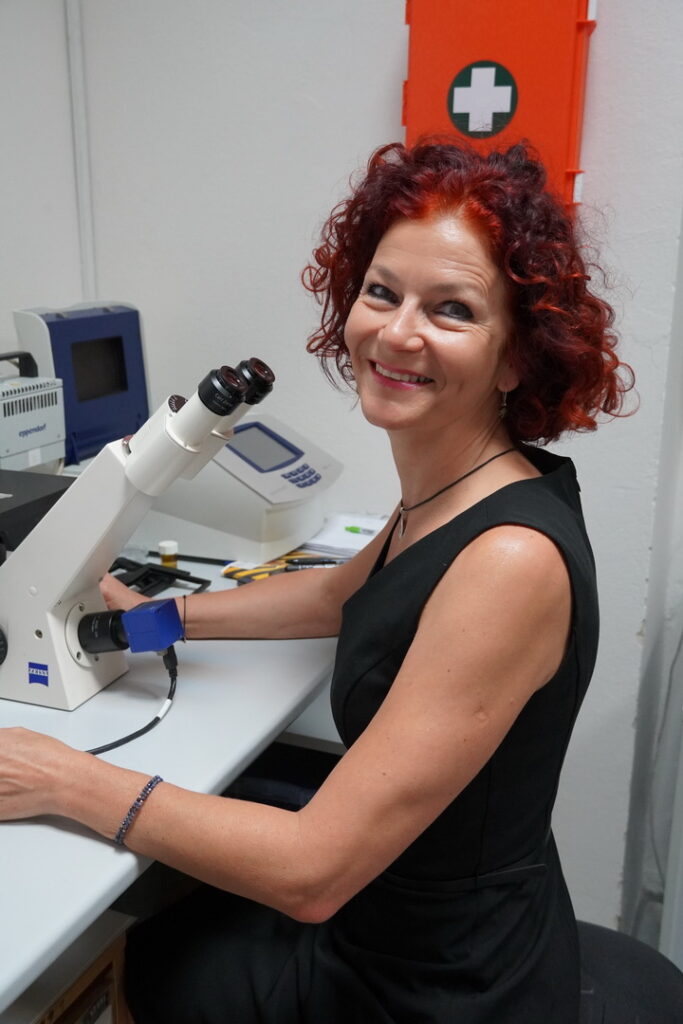

Head of the Research Group

Mgr. Eliška Švastová, PhD.
| T: | 02 5930 2404 |
| @: | viruelis@savba.sk |


